Leica Q (Typ 116) Review - Lens, Image Quality Video and Verdict Review
Lens, Image Quality Video and Verdict
A £2,900 compact camera.
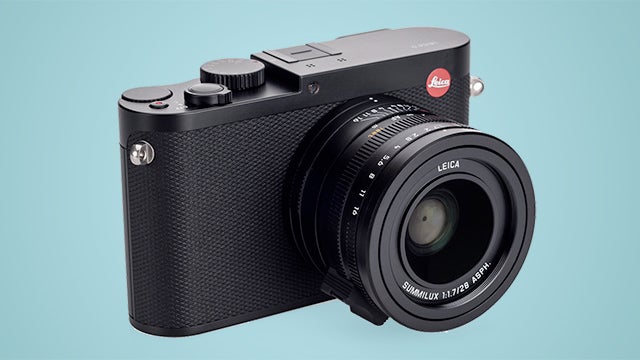
Sections
- Page 1 Leica Q (Typ 116) Review
- Page 2 EVF, Screen and AF Review
- Page 3 Lens, Image Quality Video and Verdict Review
Leica Q (Typ 116) – Lens
Is the Leica Q (Typ 116) features a fixed, prime 28mm lens, so considering whether this focal length will fit your style is important. Since the camera has a full-frame sensor, there’s no length-changing crop factor either.
For landscape photography and general reportage-style shots, 28mm offers a reasonably wide field of view. However, some of you may have preferred a slightly more “zoomed in” 35mm view, which would likely prove better for portraits and more close-up work.
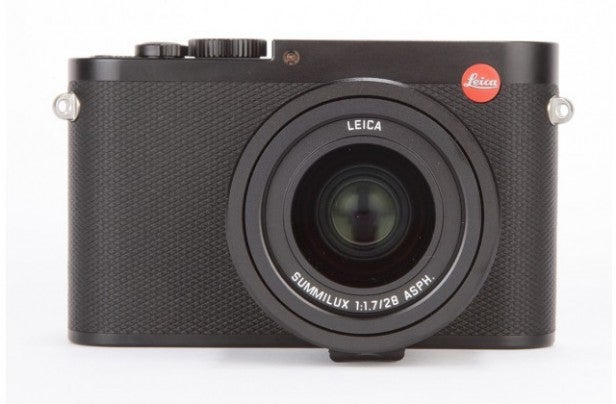
So why the lack of a zoom? Fitting a high-quality, full-frame-spec lens into a camera this small isn’t easy. The Sony RX1R uses a 35mm focal length, but it isn’t quite as fast as this camera, with a max aperture of f/2 to the Leica Q (Typ 116)’s f/1.7.
This lens is of a very high quality, and while the style doesn’t necessarily lend itself to shooting subjects close-up, any shallow depth-of-field effects display lovely smooth bokeh. Note that it’s also possible to accelerate the Leica Q (Typ 116)’s macro abilities.
A switch on the lens actually shifts some of the camera’s front lens elements, changing how close you can get to the subject from 30cm to 17cm. In addition, the lens is optically stabilised, making high-quality handheld twilight shots a possibility too. This shows that the Leica Q (Typ 116) is actually quite a flexible camera. Although we wouldn’t take it on safari, unless you’re after pictures of the savannah rather than lions.
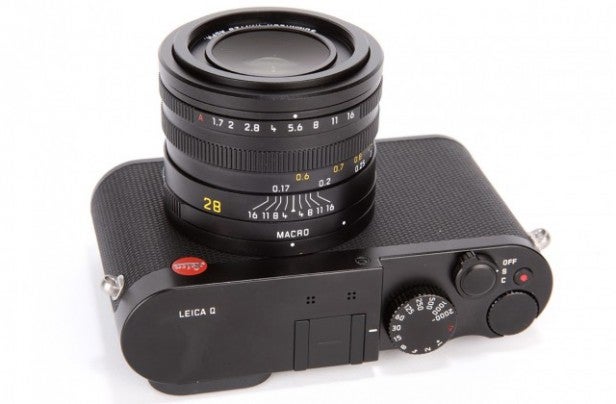
Leica Q (Typ 116) – Image Quality
The Leica Q (Typ 116) also enables you to use the whole extent of the lens’s max aperture, with an electronic shutter that jumps into action when you increase the shutter speed beyond 1/2000 sec. It goes all the way up to 1/16000, letting you shoot at f/1.7 in bright daylight without having to add a neutral density filter to the end of the lens.
This being a a full-frame camera, it offers versatility in poor light conditions too. The Leica Q (Typ 116) has a 24.2-megapixel full-frame sensor, which along with the lens stabilisation feature enables you to take fairly low-noise twilight shots without resorting to a tripod.
Detail and dynamic range are both very good, scoring an APS-C beating 3,600l/ph in our detail benchmark and 12.6EV in our dynamic range test. However, trying to compare these scores with other cameras at the price is to miss the point. If you want the absolute maximum dynamic range and detail, opt for a camera such as the Nikon D810 instead.
The Leica Q (Typ 116) is about the full package. Here are some samples:
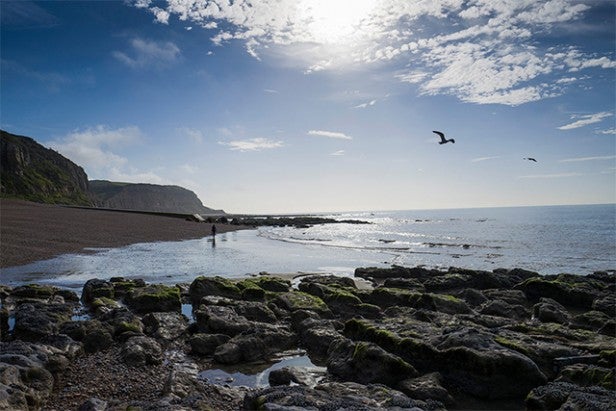
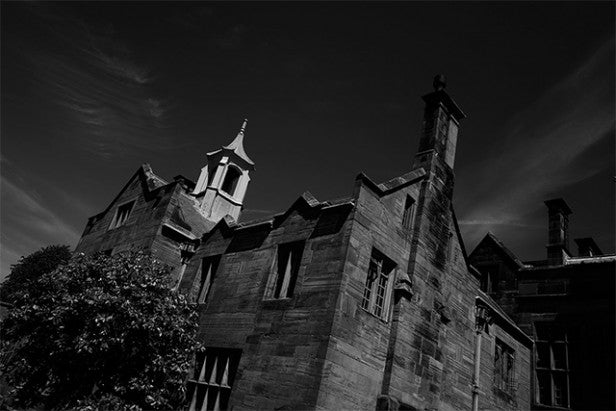
You’ll get virtually noise-free images up to ISO 800, and impressive results up to around ISO 6400. This provides the scope to raise the sensitivity that bit more over an APS-C sensor camera. The full ISO range is 100-50000, letting you push the sensor much further if the need arises.
The fall-off of detail and dynamic range is fairly steady as you head up the ISO range, but we think you’ll want to stick to ISO 6400 or below whenever possible. Why spend £2,900 on a camera if it’s not going to net you jaw-dropping photos, right?
It’s only when the metering system tended to underexpose shots to preserve highlight detail that the Leica Q (Typ 116)’s shots looked like they needed a bit of work. Of course, this can be fixed in post-processing and is preferable to blowing out details that might otherwise be recovered.
Shoot with RAW and you should find editing easy, as the Leica Q (Typ 116) uses the accessible DNG format. The camera’s JPEGs are great too, although it does tend to oversharpen them a little.
We achieved particularly good results from the Leica Q (Typ 116)’s monochrome mode, which produced particularly dramatic-looking images. 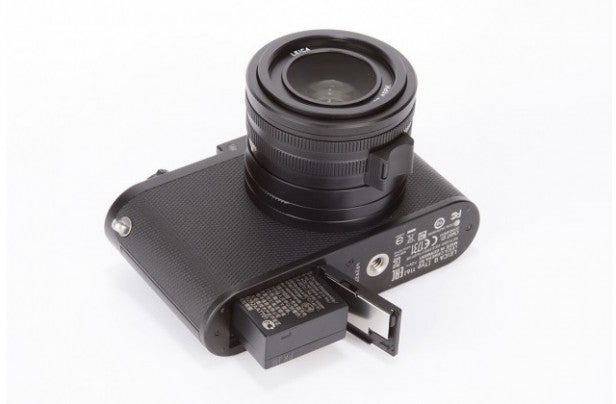
Leica Q (Typ 116) – Video
The Leica Q (Typ 116) is a terrific stills camera, but we can’t imagine many people buying it just for video. While it has OIS and can shoot in 1080p resolution at 60 and 30 frames per second, there’s no 4K capture, and no 24 frames option.
There’s also no external microphone jack, which really lays to rest this camera’s chances of being used for any serious video work.
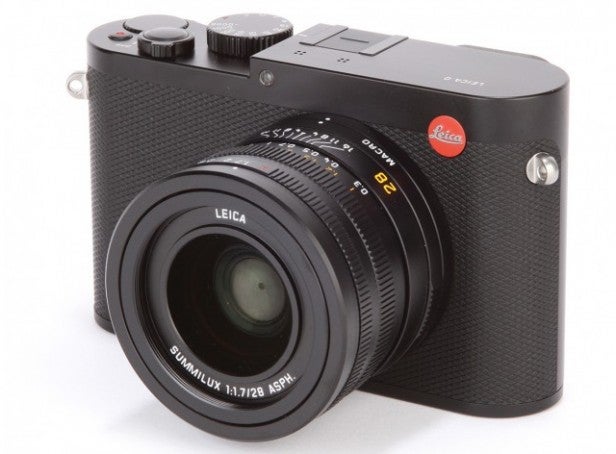
Should I buy the Leica Q (Typ 116)?
We’ve had reason to be sniffy about some Leica cameras in the past. Many of its more affordable models are rebranded Panasonic cameras, with the Leica logo being the most significant difference.
However, like the very best cameras from the brand, the Leica Q (Typ 116) is a pure joy to shoot with. And when you compare it to the Leica M and similarly priced Sony RX1R, it really doesn’t seem so outrageously priced.
Even if the limitations with the lens mean it won’t be the right choice for all with £3,000 to spend, it’s a camera to admire nonetheless.
SEE ALSO: Best cameras
Verdict
A true object of desire, offering great image quality and fantastic hardware design.
Trusted Score
Score in detail
-
Value 8
-
Design 10
-
Features 8
-
Image Quality 8
-
Build Quality 10
-
Performance 9

